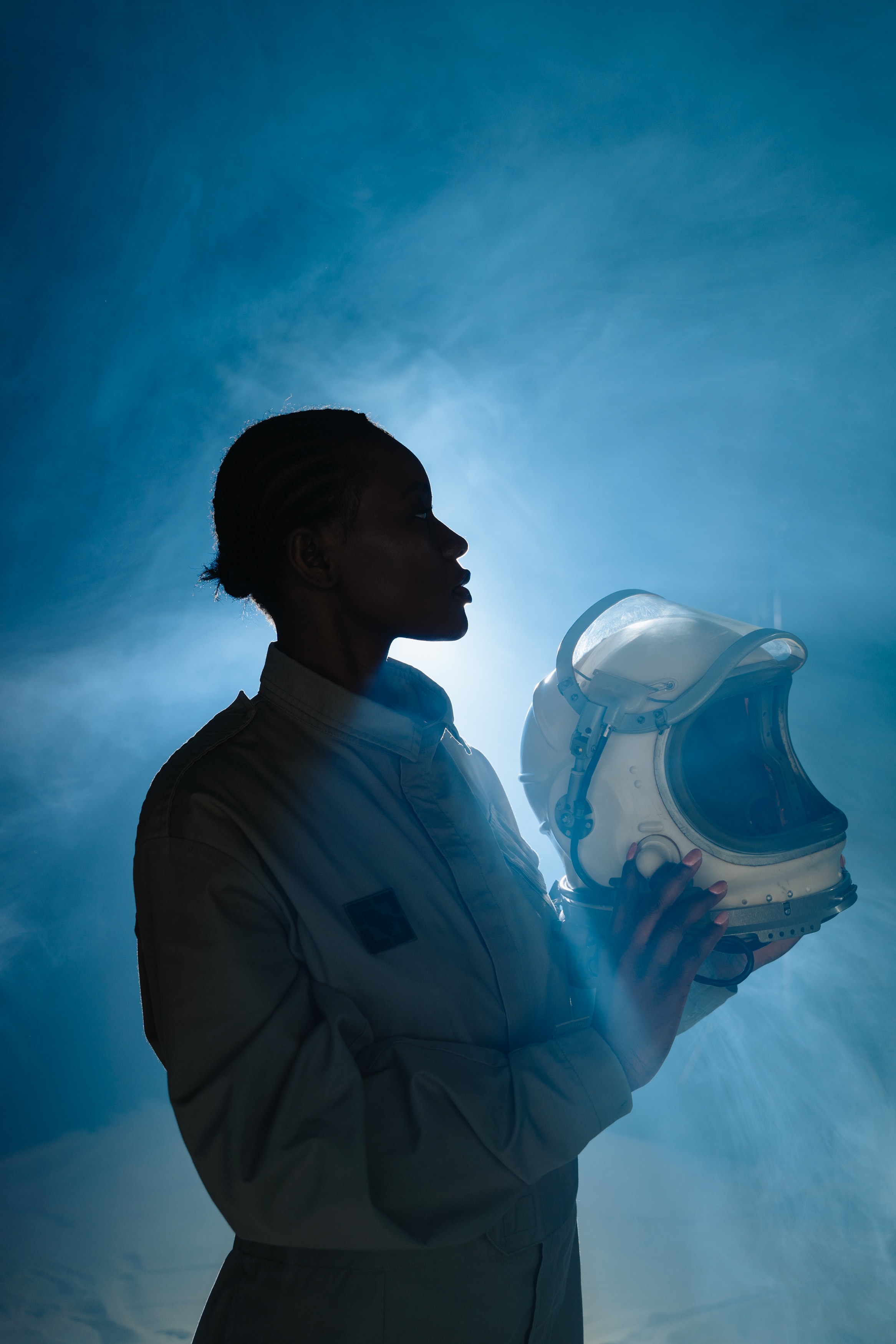
Chapter Two :
3- Bones :
In the microgravity environment of space, astronauts lose on average 1% to 2% of their bone mineral density every month. This loss may not hinder astronauts while they are in orbit, but upon return to Earth, their weakened bones will be fragile and at an increased risk of fractures. It is unknown whether this bone loss will eventually reach a plateau, or whether it will continue indefinitely.
On Earth, gravity applies a constant mechanical load to the skeletal system, which causes healthy bones to maintain a certain density. Bone loss occurs in the weightless environment of space because bones no longer have to support the body against gravity. Just like muscles, if you don't use your bones, they will weaken.
Astronauts must use restraints to strap themselves to a treadmill in order to create the necessary weight-bearing environment. One and a half million Canadians suffer from osteoporosis, a disease that causes bones to lose density and strength. Researchers hope that solving the problem of bone loss in space will also help to prevent and cure the disease on Earth.
4- Radiation affect the human body in space :
What is radiation?
Radiation is the spread of energy through space or matter in the form of waves or particles.
What kind of radiation are humans exposed to on Earth?
There are two types of radiation:
1. Natural background radiation from cosmic sources (e.g., galactic cosmic rays, solar radiation) and from terrestrial sources (e.g., radiation emitted by rocks, radon).
2. Manmade radiation (e.g., diagnostic X-ray imaging, nuclear reactors).
Chapter Three